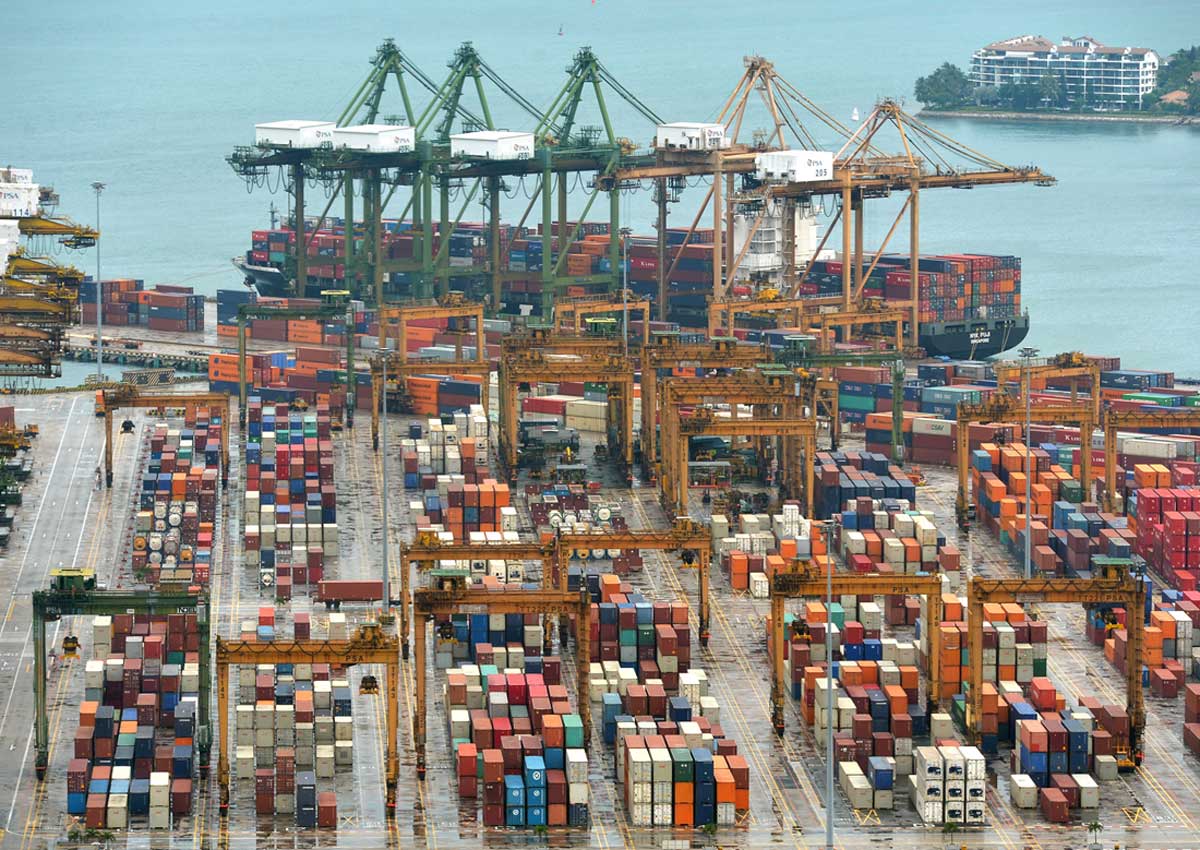Singapore’s economy is expected to have grown in the fourth quarter, averting a slip into recession, but the outlook is clouded by uncertainty over global trade under the incoming Trump administration.
Gross domestic product (GDP) in the October-December quarter was expected to grow 3.7 per cent from the previous quarter on an annualised basis, underpinned by a jump in factory output last month, according to the median forecast in a Reuters poll.
While that would be an improvement from the 2 per cent contraction seen in the third quarter, analysts are cautious in their outlook for Singapore’s trade-dependent economy.
The Government’s advance estimate of fourth-quarter GDP is due on Jan 3.
“Look at the number of global downside risks that we have. You’ve got Trump obviously, and what kind of protectionist measures he can impose,” said Nomura economist Brian Tan.
China’s economic slowdown, Brexit and European elections also pose risks, while domestically the labour market is showing signs of weakening, said Mr Tan, who expects GDP growth of 0.7 per cent in 2017.
In a recent central bank survey, the median forecast among economists was for 2017 GDP growth of 1.5 per cent.
The Government’s forecast for full-year growth this year is 1 per cent to 1.5 per cent, which puts the economy on track for its weakest performance since 2009.
The median forecast among 11 economists in the Reuters survey was for GDP to expand 0.6 per cent in the fourth quarter from a year earlier, after growing 1.1 per cent in the third.
Read also: Singapore economy to grow at subdued pace: Report
UNLIKELY
Analysts say the Government’s budget, and recommendations from the Committee on the Future Economy, both expected in the first quarter, are unlikely to contain measures that will boost short-term growth to any great degree.
“That’s going to probably…offer some relief for the corporate sector. It won’t do much to shift the dial on headline GDP growth,” said Ms Selena Ling, head of treasury research and strategy for OCBC Bank.
The committee is charged with finding strategies to keep the Republic’s economy competitive and identify areas of growth.
Although most analysts see the Monetary Authority of Singapore (MAS) keeping its exchange-rate based policy unchanged in April, some expect the central bank to ease, given the tepid growth outlook.
Fourth-quarter year-on-year growth of less than 1 per cent would bolster the case for monetary easing in April, Mr Vaninder Singh, Asia economist for NatWest Markets, said in a recent research note.
“If we get such a number, it would strengthen our conviction in calling for a 1 per cent lower re-centring,” Mr Singh said, referring to the policy band of the Singapore dollar’s nominal effective exchange rate (Neer), Singapore’s primary monetary mechanism.
Such a re-centring would provide more room for the Singapore dollar’s Neer to weaken than is allowed under current policy settings.
The MAS kept policy unchanged at its most recent meeting in October. It last eased policy in April last year, its third easing since January that year.
Read also: Singapore sees 2016 GDP growth 1-1.5%
Malaysia’s economy more stable than Singapore’s, says ruling BN party

This article was first published on Dec 30, 2016.
Get The New Paper for more stories.







